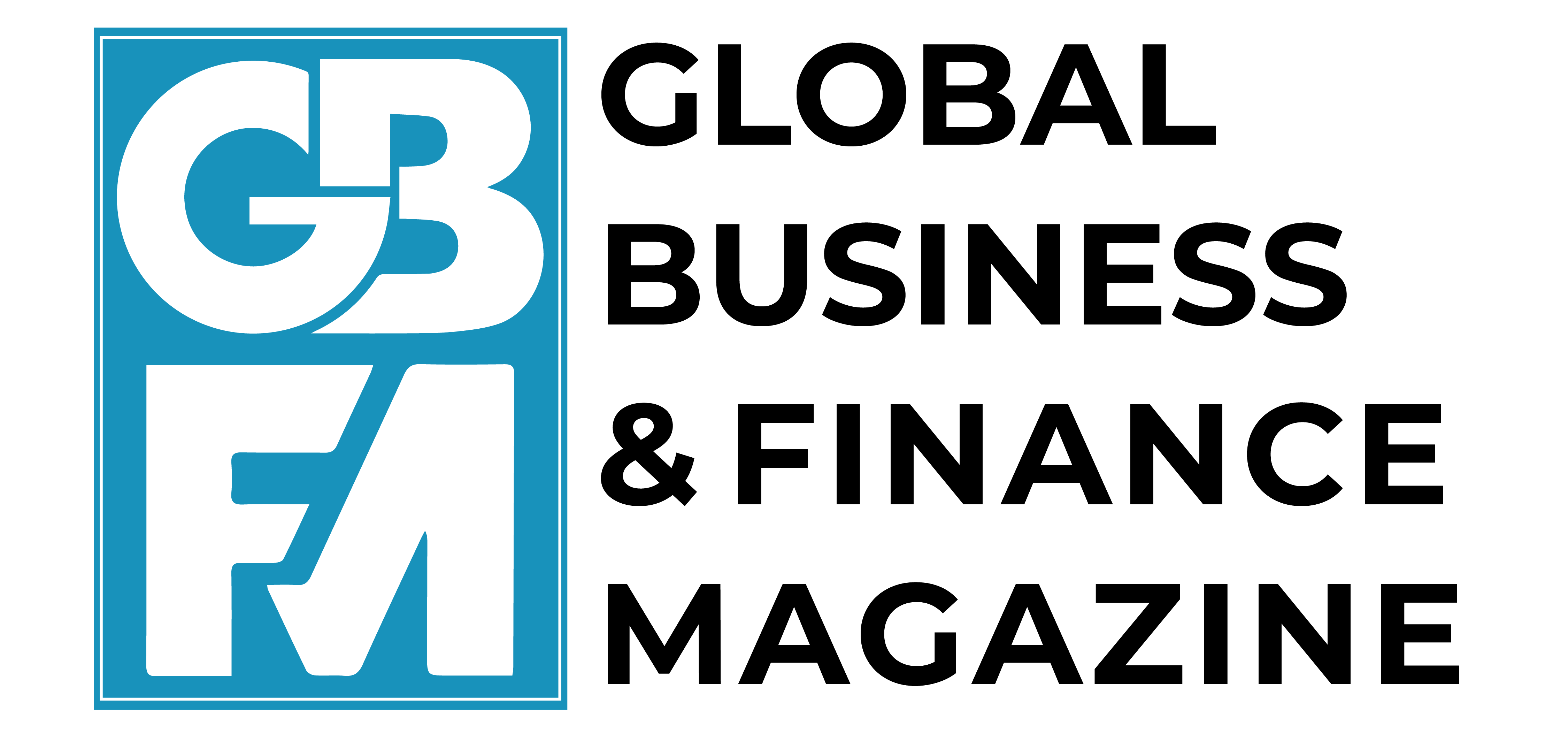A confluence of negative forces – some the result of self-inflicted wounds and rising uncertainty about US policies and others relating to global developments and geopolitics – is encroaching on the ability of the US to continue its current funding model, bringing into question the role of the dollar as the world’s reserve currency. This column argues that whatever its flaws, the dollar remains critical for international financial stability, and asks what can be done to help restore confidence in it. The single most effective intervention would be to make inroads into America’s fiscal deficit.
The role of the US dollar is much in the news because confidence in it has been shaken by erratic government policies in Washington and an unwillingness to deal with rising indebtedness, as seen in recent legislation passed by the House of Representatives. Behind the politics of extending more tax benefits to the wealthy while limiting spending on Medicare and other social programmes are some hard-to-ignore economic truths: the benefits that the American economy has gained from its ability to sell an almost unlimited amount of dollar-denominated debt may be shrinking and the cost of servicing that debt is rising. Both phenomena are worrisome and add to the damage being done by the new administration (Gensler et al. 2025).
As pointed out by the Peterson Foundation (2025), debt service currently absorbs almost $1 trillion, or about 16% of the US budget. That figure is projected to rise to almost $1.8 trillion by 2035 due to demographics as well as the continued size of the fiscal deficit. This unpleasant reality coincides with other changes in the bond market that portend a weaker appetite for long-dated securities as well as some reluctance to continue to fund US deficits when US economic policy seems incoherent. Add to this the downgrading of US government paper by all three rating agencies and future financial problems seem probable – a scenario in which everybody loses.
Excess saving nations will lose the ability to reliably park and invest their trade surpluses, and in the search for alternatives may need to sacrifice yields or settle for global reserve currencies that are less convertible. Deficit nations, led by the US, will find it more expensive to finance their debts, and the notion of ‘fiscal dominance’, where monetary policy is increasing driven by fiscal pressures rather than inflation outlooks, will become more meaningful.
The amount of US debt issued by the government currently stands above $30 trillion, of which perhaps one-third is foreign-held. Although much of the foreign-held debt is owned by allies, even they have gradually been reducing their exposures, driving down prices and raising yields. To this can be added shocks to bond markets, such as the spike in yields in early April 2025 due to administration trade policy actions, that raised the ten-year bond rate in a matter of days. This trend has coincided with a weakening of the dollar as investors seek to diversify their holdings.
There are two major risks facing the US bond market. The first is the short-term risk that continued poor policy choices will spook markets, with the possibility of a ‘doom loop’, as some observers have coined it, whereby falling bond prices weaken the value of existing assets, forcing investors to sell more of their holdings to make margin calls, further depressing bond prices. This is a liquidity problem that central banks would need to deal with, similar to the Bank of England’s actions in the ill-fated Liz Truss era. The second risk, as pointed out by the Peterson Foundation (2025), corroborated by the Congressional Budget Office (CBO) and others, is that the government’s inability to solve its fiscal dilemmas leads to excessive bond issuance hitting markets that have lost some of their appetite for US government securities. This leads to a debt servicing drain that crowds out other investors and signals a diminution of the US’s ‘exorbitant privilege’.
What is to be done to help restore confidence in the world’s global reserve currency? Stopping ill-fated trade policies that aim to reduce bilateral surpluses is the first action – one that doesn’t preclude trade actions where necessary but avoids capricious stop-and-go policies. Second, a plan similar to the bi-partisan 2010 National Commission on Fiscal Responsibility and Reform (the ‘Simpson-Bowles Commission’) recommendations to reduce the fiscal deficit is urgently needed. This could gather political support from both sides of the aisle, particularly if the business community took a long-run view of finances rather than lobbying for its own tax gains. Third, stop the Fed-bashing and allow the central bank to do its job, which it has done admirably in most respects. This can serve to reduce the currently extremely high levels of global uncertainty.
Amidst the discussion of what can replace the dollar as the main global reserve currency, attention has focused on the euro, the renminbi, and of course on gold and crypto currencies. However, as Prasad (2025) has pointed out, it’s way too soon to ring the death-knell of the dollar, largely because the other choices are more flawed. ECB President Cristine Lagarde argued recently (Lagarde 2025) that Europe faces a significant opportunity to promote the euro, but that it also faces three major challenges: geo-political credibility, economic resilience, and institutional integrity. Digging deeper, she noted the small size and depth of the euro market, a weak future growth outlook, and difficulties of decision-making across the euro area. Suggestions by Blanchard and Ubide (2025) for deepening the Euromarket with next generation bonds seem far-fetched given the difficulties of achieving a consensus in Brussels and the major capitals. Others see an ECB digital reserve currency playing a new role, but these are unchartered waters.
Looking at China, efforts are certainly being made to expand the use of the yuan for trade and finance, and the size of the economy and its global reach are all pluses. However, limits on capital account convertibility and concerns about governance are impediments to full-throttle renminbi acceptance (Naef et al. 2022). There are also legitimate concerns about future monetary policy movements insofar as a highly leveraged and overly indebted real estate sector will ultimately require pro-active attention. Moreover, China’s reluctance to include Belt and Road Initiative loans in debt-rescheduling activities runs counter its goal of making its currency the global mainstay. The most likely outcome, therefore, is similar to the multi-polar global outlook, and that is a combination of currencies in central bank coffers, but as of now, a continuing reliance on actions of the Federal Reserve with respect to global interest rates and the trends in US bond markets.
This reality notwithstanding, China has made concerted efforts to replace the dollar as the major currency for payments and settlements as seen in the mBridge project, launched in 2021 by China, Hong Kong, the UAE and Thailand, joined by the Saudis in 2024, to facilitate cross-border payments using multi-central bank digital currencies (CBDCs) using a new ledger platform (and blockchain technology) as a means to supplant the US-dominated SWIFT system. The Bank for International Settlements, an original co-designer of the system, withdrew from the China-led project in 2024, indicating that it was now up to central banks to carry the project forward. This serves to illustrate that China is deploying a multi-faceted strategy to replace the dollar, now aided and abetted by Washington policies and politics.
Nevertheless, despite growing numbers of negative voices (e.g. Pettis 2025), we are left with the global dollar. It is true that less than half of international reserves are now held in US dollars, and some significant diversification has occurred, but it will take some additional misguided actions to dethrone it. Are those policies possible? They are, and they begin with attacks on the Federal Reserve Chairman and his possible replacement by a gold-standard Chair. Implications for global trade and finance of this approach are not pretty. Recently, there have been concerns about the availability of swaps, which played a large stabilising role in the 2008 Global Financial Crisis and again during the depths of Covid (Tett 2025). This mechanism is far more effective than IMF programmes, which take time to negotiate and often entail conditions. So, the dangers of continued pressure on the dollar are very real and very worrying.
In summary, a confluence of negative forces is encroaching on the US’s ability to continue its current funding model. Some of these are the result of self-inflicted wounds and rising uncertainty about the policies being pursued by the global reserve currency issuer. Others relate to global developments and geopolitics. Whatever its flaws, the dollar remains critical for international financial stability. It therefore would behove the US administration to deal seriously with the underlying causes of market discontent and to do so quickly. The single most effective intervention to restore credibility to the dollar would be to make inroads into America’s fiscal deficit.
Source : VOXeu



































































